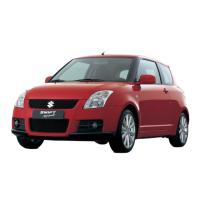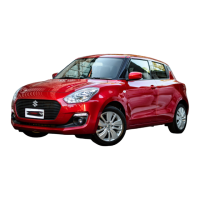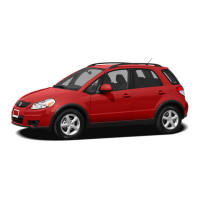5-65
OPERATING YOUR VEHICLE
69TB-01E
• When a wiper blade is blocking the front
camera (DSBS II)
• When in a location or near objects which
strongly reflect radio waves, such as the
following:
– Tunnels
– Truss bridges
– Gravel roads
– Rutted, snow-covered roads
– Walls
– Large trucks
– Manhole covers
– Metal plates
– Guardrail
• When near a step or protrusion
• When a detectable vehicle is narrow,
such as a small mobility vehicle
• When a detectable vehicle has a small
front or rear end, such as an unloaded
truck
69TJ050010
• When a detectable vehicle has a low
front or rear end, such as a low bed
trailer
69TJ050080
• When a detectable vehicle has
extremely high ground clearance
• When a detectable vehicle is carrying a
load which protrudes from its cargo area
• When a detectable vehicle has little
exposed metal, such as a vehicle which
is partially covered with cloth, etc.
• When a detectable vehicle is irregularly
shaped, such as a tractor, sidecar, etc.
• When the distance between the vehicle
and a detectable vehicle has become
extremely short
• When a detectable vehicle is at an angle
• When a large amount of snow, mud, etc.
is attached to a detectable vehicle
• When driving on the following kinds of
roads:
– Roads with sharp curves or winding
roads
– Roads with changes in grade, such as
sudden inclines or declines
– Roads which are sloped to the left or
right
– Roads with deep ruts
– Roads which are rough and unmain-
tained
– Roads which frequently undulate or
are bumpy
• When the steering wheel is being oper-
ated frequently or suddenly
• When the vehicle is not in a constant
position within a lane
• When parts related to this system, the
brakes, etc. are extremely hot or cold,
wet, etc.
• When the wheels are misaligned
• When driving on slick road surfaces,
such as when it is covered with ice,
snow, gravel, etc.
• When the course of the vehicle differs
from the shape of a curve
• When the vehicle speed is excessively
high when entering a curve
• When entering/exiting a parking lot,
garage, car elevator, etc.
• When driving in a parking lot
• When driving through an area where
there are obstructions which may con-
tact your vehicle, such as tall grass, tree
branches, a curtain, etc.
• When the wind is strong
Situations in which the lane may not
be detected
• When the lane is extremely wide or nar-
row
• Immediately after changing lanes or
passing through an intersection
• When driving in a temporary lane or lane
regulated by construction
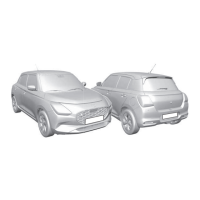
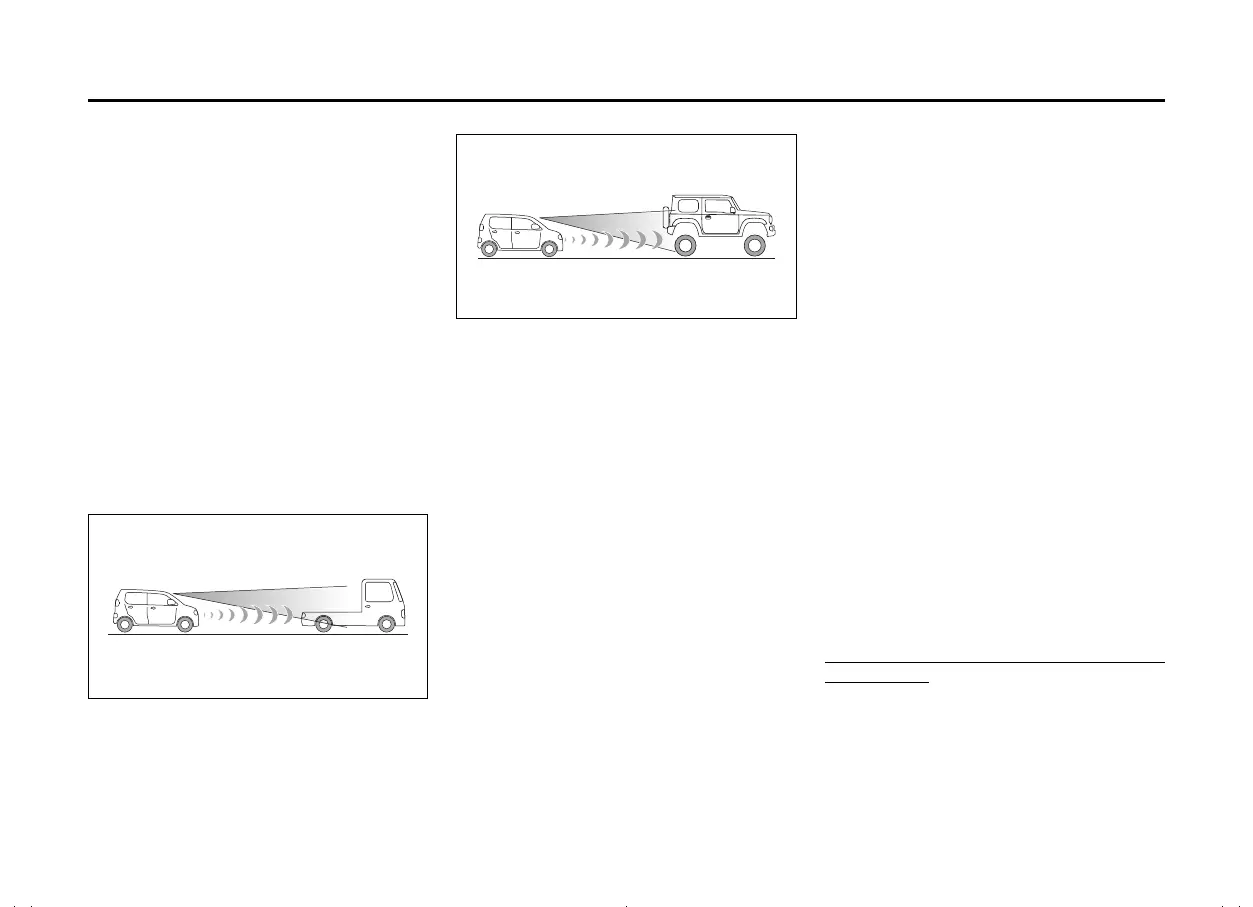